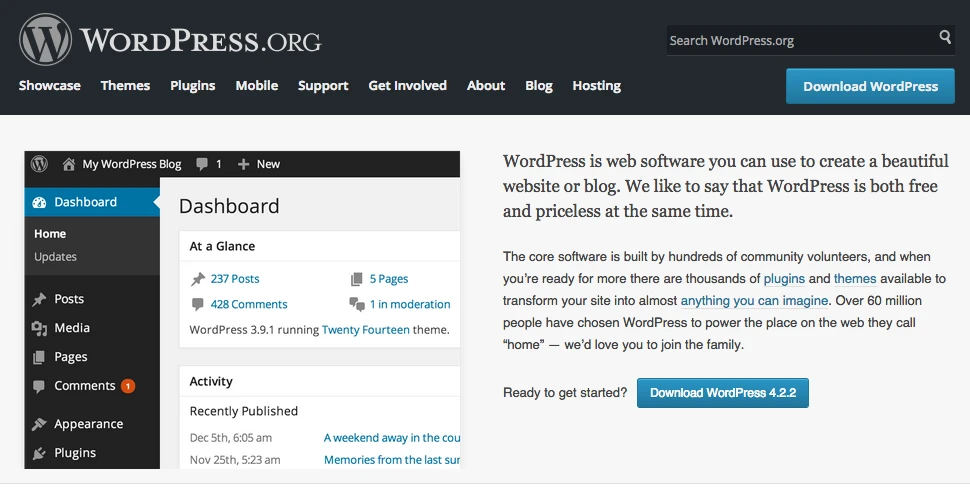
Building a Killer Freelance Portfolio Tips and Examples
In the realm of freelancing, your portfolio is your digital resume—a powerful tool that can make or break your career. It's the window through which potential clients glimpse your skills, professionalism, and expertise. Building a killer freelance portfolio is not just an option; it's a necessity in today's competitive landscape. In this article, we will guide you through the essential tips and provide real-world examples to help you craft a portfolio that stands out in the crowd.
Crafting the Perfect Portfolio: An Artful Approach
Your portfolio is your personal showcase, and like any artist, you must carefully curate its contents. Start with a captivating title that defines your niche, such as "Graphic Design Guru" or "Copywriting Wizard." Ensure it reflects your specialization and grabs attention instantly.
The Crucial Elements
High-Quality Work Samples : Your portfolio should display your best work. Include 5-7 top-notch projects that highlight your skills and versatility. Each piece must exemplify your expertise in a different aspect of your field.
Compelling Case Studies : Dive deeper into a few projects. Explain the problem, your approach, and the results achieved. This adds depth to your portfolio and demonstrates your problem-solving abilities.
Client Testimonials : Gather testimonials from satisfied clients. These testimonials provide social proof and build trust with potential clients.
The Visual Appeal
Sleek and User-Friendly Design : Your portfolio's design should be clean and easy to navigate. Use a minimalist layout that complements your work.
Professional Photography : If you're in a visually oriented field, ensure your images are high-quality and showcase your work effectively.
SEO Optimization: Getting Found
To ensure your portfolio doesn't get lost in the vast digital landscape, you need to optimize it for search engines.
Keyword Integration
Choose Relevant Keywords : Research keywords related to your niche and incorporate them naturally into your portfolio's content.
Meta Tags and Descriptions : Craft enticing meta tags and descriptions using your chosen keywords to improve visibility.
Regular Updates : Keep your portfolio fresh by updating it with new projects and relevant content regularly.
Showcasing Your Unique Selling Proposition
What sets you apart from the competition? Your portfolio should make it crystal clear.
Highlight Your Niche
Specialization Matters : Emphasize your expertise in a particular niche. If you're a web designer, for example, highlight your proficiency in e-commerce website design.
Demonstrate Your Process : Showcase your unique approach to projects. Explain how you bring value to your clients through your methods.
The Art of Engagement
Your portfolio should engage visitors and encourage them to take action.
Call to Action
Encourage Contact : Include a clear call to action (CTA) that invites visitors to get in touch. Use action-oriented words like "hire me" or "let's collaborate."
Connect on Social Media : Provide links to your social media profiles to foster a deeper connection with your audience.
In crafting your freelance portfolio, you are not merely showcasing your skills; you are painting a picture of your professional identity. It's a dynamic tool that evolves with your career, and as such, it requires care and attention.
As you embark on this journey to create a killer freelance portfolio, remember that your uniqueness, specialization, and professionalism will be your guiding stars. May your portfolio shine brightly and open doors to endless opportunities.
Frequently Asked Questions
1. How long should my freelance portfolio be?
Your portfolio should have 5-7 high-quality projects, each with detailed case studies. In total, it should be long enough to showcase your expertise but concise enough to keep visitors engaged.
2. Should I include personal projects in my portfolio?
Absolutely! Personal projects demonstrate your passion and creativity. They can be especially valuable if they align with your niche and showcase your skills.
3. How often should I update my portfolio?
Regular updates are essential to keep your portfolio fresh and relevant. Aim to add new projects and content every few months.
4. Can I use my portfolio for different freelance niches?
It's best to have separate portfolios for different niches to tailor your content to specific clients. However, you can showcase versatility within each niche.
5. What should I do if I have limited client testimonials?
If you lack client testimonials, consider reaching out to past clients for feedback. You can also offer your services at a reduced rate to build your portfolio and gather testimonials.
6. How can I promote my freelance portfolio?
Promote your portfolio through your website, social media, and freelance platforms. Networking and sharing your work in relevant online communities can also help you gain visibility.
Summary: Crafting a killer freelance portfolio requires a strategic approach. Highlight your specialization, showcase your best work, and optimize for SEO to attract potential clients. Keep your portfolio fresh with regular updates and engage visitors with compelling content.
For More Articles you can go through these links:-
Freelance Platforms A Business Owner Handbook for Prosperity
Freelancers and Business Expansion A Winning Formula
Freelancers and Business Growth A Sustainable Approach
